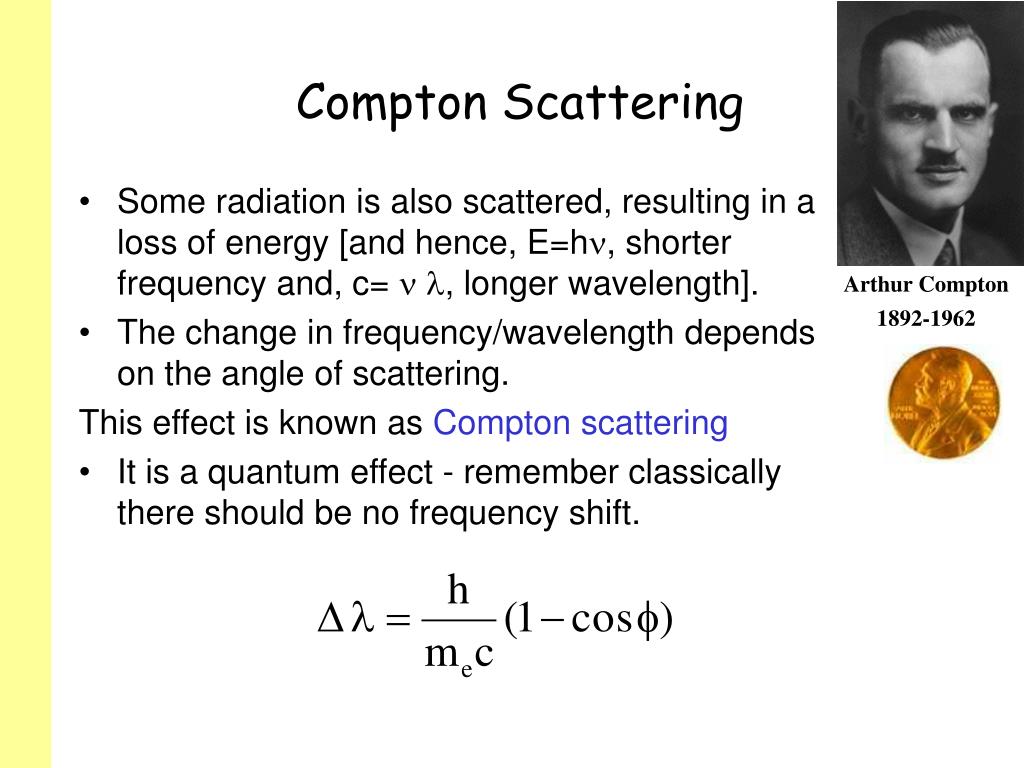

Here we report the observation of one of the most fundamental nonlinear X-ray–matter interactions: the concerted nonlinear Compton scattering of two identical hard X-ray photons producing a single higher-energy photon. The X-ray intensity reached 4 × 10 20 W cm −2, corresponding to an electric field well above the atomic unit of strength and within almost four orders of magnitude of the quantum-electrodynamic critical field. At high intensities, such as produced at free-electron lasers, nonlinearities can become important, and the probe may no longer be considered weak. ISBN: 978-2759800414.X-ray scattering is typically used as a weak linear atomic-scale probe of matter. Robert Reed Burn, Introduction to Nuclear Reactor Operation, 1988.Nuclear Reactor Engineering: Reactor Systems Engineering, Springer 4th edition, 1994, ISBN: 978-0412985317 Stacey, Nuclear Reactor Physics, John Wiley & Sons, 2001, ISBN: 0- 471-39127-1. Baratta, Introduction to Nuclear Engineering, 3d ed., Prentice-Hall, 2001, ISBN: 8-1. Lamarsh, Introduction to Nuclear Reactor Theory, 2nd ed., Addison-Wesley, Reading, MA (1983). DOE Fundamentals Handbook, Volume 1 and 2. Department of Energy, Nuclear Physics and Reactor Theory. Martin, James E., Physics for Radiation Protection 3rd Edition, Wiley-VCH, 4/2013.Stabin, Michael G., Radiation Protection and Dosimetry: An Introduction to Health Physics, Springer, 10/2010.Knoll, Glenn F., Radiation Detection and Measurement 4th Edition, Wiley, 8/2010.The photoelectric absorbtion dominates at low-energies of X-rays, while Compton scattering dominates at higher energies. The strength of these interactions depends on the energy of the X-rays and the elemental composition of the material, but not much on chemical properties, since the X-ray photon energy is much higher than chemical binding energies. Interaction of X-rays with MatterĪlthough a large number of possible interactions are known, there are three key interaction mechanisms with matter. The quantity h/m ec is known as the Compton wavelength of the electron and is equal to 2.43×10 −12 m. The maximum change in wavelength can be derived from Compton formula: In this case the photon transfers to the electron as much momentum as possible. The maximum change in wavelength ( λ′ − λ) for the photon occurs when Θ = 180° (cos(Θ)=-1).

The minimum change in wavelength ( λ′ − λ) for the photon occurs when Θ = 0° (cos(Θ)=1) and is at least zero. Where λ is the initial wavelength of photon λ’ is the wavelength after scattering, h is the Planck constant = 6.626 x 10 -34 J.s, m e is the electron rest mass (0.511 MeV) c is the speed of light Θ is the scattering angle. The shift of the wavelength increased with scattering angle according to the Compton formula: So the decrease in photon’s momentum must be translated into decrease in frequency (increase in wavelength Δ λ = λ’ – λ). This deflection results in a decrease in energy (decrease in photon’s frequency) of the photon and is called the Compton effect. In Compton scattering, the incident gamma-ray photon is deflected through an angle Θ with respect to its original direction. As a result of momentum conservation law, the photon must lower its momentum given by: While the electron gains momentum (mass x velocity), the photon cannot lower its velocity. Upon collision, the photon bounces off electron, giving up some of its initial energy (given by Planck’s formula E=hf). In the case of Compton scattering the photon of frequency f collides with an electron at rest. Compton scattering formula is the mathematical relationship between the shift in wavelength and the scattering angle of the X-rays. Compton explained that the X-ray shift is caused by particle-like momentum of photons. The Compton formula was published in 1923 in the Physical Review.


 0 kommentar(er)
0 kommentar(er)
